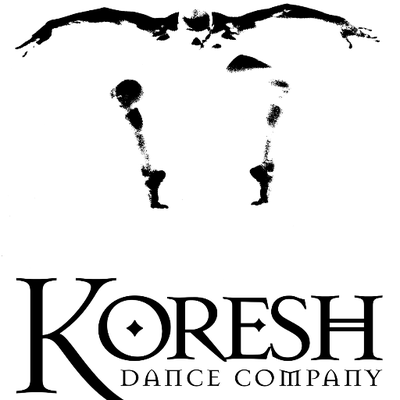A few thoughts on attending this evening’s Hollow Apple program by the Koresh Dance Troupe at the Pittsburgh Playhouse:
Prior to the start of the dance performance, I asked my
companion what schools besides Point Park University in Pittsburgh were known
for their excellence. While neither of us knew for sure, a quick Google search
turned up a Backstage list of the top ten College Dance Programs in the
US. It included Point Park along with The Ailey School/Fordham University, the University
of Arizona, Florida State University, The Juilliard School, New
York University, University of North Carolina School of the Arts, Oklahoma City
University, and the University of Utah. Several of these came as a surprise to
me, but Point Park we were both already sure of.
Back to the performance. This evening in the wonderfully
modern and comfortable theater at the Pittsburgh Playhouse, Point Park
University brought to the stage the Koresh Dance Company headed by Israeli-born
artistic director and choreographer, Ronen Koresh. The Philadelphia-based dance
company performed 11 pieces with original music by Sage DeAgro-Ruopp and poetry
by Karl Mullen.
As with other dance performances I’ve witnessed, I was
amazed by the way the troupe of dancers moved in unison to some complex
choreography and remembered each segment of the pieces with nary a misstep.
This would be difficult were they performing just one piece, but when they
danced a dozen or so without getting lost in the mix, their performance perfection,
their memorization of each and every step, gesture, and movement were simply
staggering to behold.
Secondly, I was amazed by the athleticism of their dance, a
cardio workout for sure, one that gave them super tone bodies that would be the
envy of any gym rat. Some of the required contortions, kicks, stretches and gravity-defying
movement seemed beyond human endurance. Yet they carried on with ease and grace
as though it was nothing more challenging than a walk in the park.
In one particular selection, the tallest male dancer with
very long limbs was paired with two female dancers who moved with a contrasting
suppleness. It was quite a contrast to the male dancer’s angular dance imagery.
Both expressions had artistic relevance and, danced tete-a-tete, the contrast
was a revelatory delight.
Finally, it dawned on me that dance must be one of the most
authoritarian art forms after puppetry and marionettes. Once the choreography
is set, the dancers are almost automatons carrying out the choreographer’s design
and conceptualizations. By contrast, in theater, while the actors are bound by
the words of the playwright and insightful input of the director, they are
still free to add a lot of individualization to their craft.
After the performance, when I got to chat with Ronen Koresh,
I posed my thought about the authoritarian nature of choreography to him.
Although he agreed wholeheartedly, he did add that the dancers still had a pool
of freedom to make the work their own and give it their own individual stamp. “You
may not notice it sitting in the audience, but it’s there anyway,” he said.
Point Park University has a wonderful season of artistic
events in dance, music, theater and more. To see its upcoming schedule, go to https://playhouse.pointpark.edu/.

Koresh Dance Company was founded in 1991 by Israeli-born choreographer and artistic director Ronen (Roni) Koresh. Known for its engaging performance and technically superb dancers, the company performs critically acclaimed works at its biannual Philadelphia seasons, as well as in touring performances around the country. Koresh has been hailed internationally, touring to destinations including Spain, Turkey, Israel, South Korea, Mexico, and Guatemala. Over the years, Roni has developed a vast repertoire of work that ranges from explosive and passionate to intimate and restrained. The company also presents work by guest choreographers including Ohad Naharin, Robert Battle, Donald Byrd, Itzik Galili, and Paul Selwyn Norton.Galili, and Paul Selwyn Norton.

Comments
Post a Comment